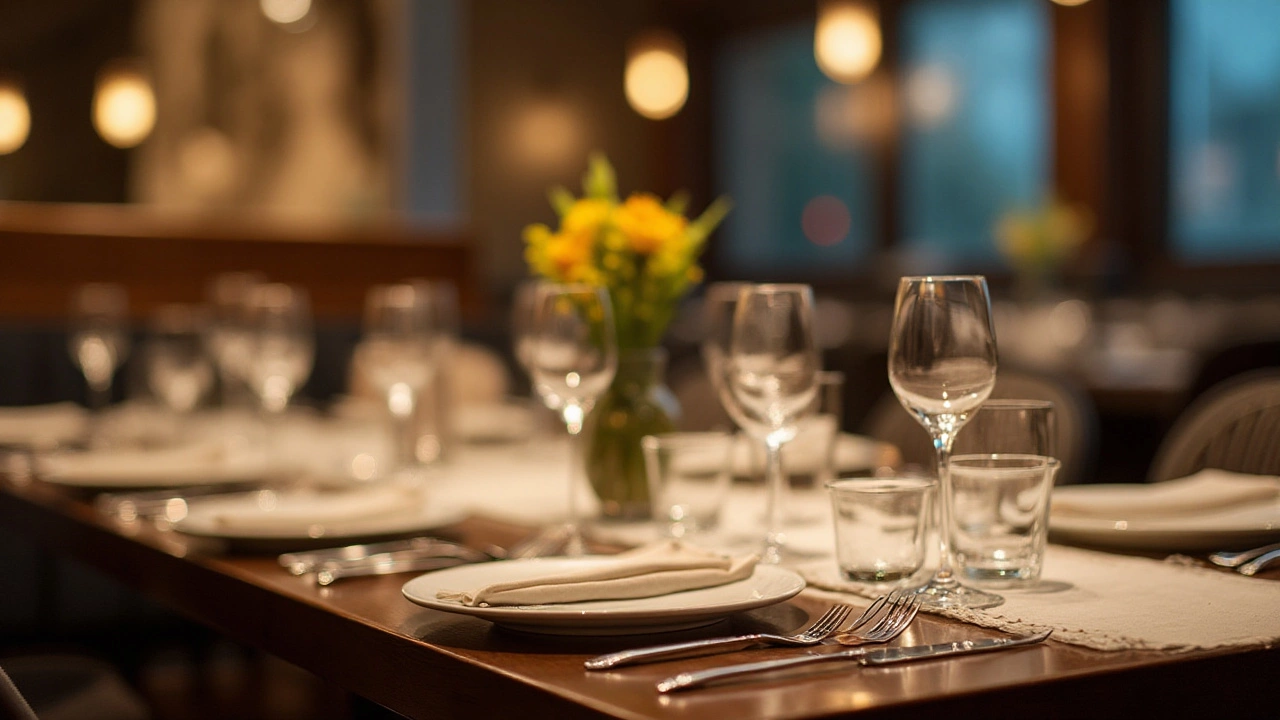Everything You Need to Know About Forks
Ever wonder why a simple fork can feel so important at the dinner table or in the kitchen? It’s not just a piece of metal – it’s a tool that helps you eat, cook, and even serve food. Below you’ll find the basics on picking the right fork, looking after it, and a few cool tidbits you might not have heard before.
Choosing the Right Fork for Every Meal
First off, look at the type of food you usually eat. A dinner fork with four tines is perfect for steak, pasta and most main courses. A salad fork, which is a bit smaller with a broader left side, works best for tossing greens. If you cook a lot, a sturdy carving fork can help you hold meat steady while you slice.
Materials matter too. Stainless steel is the go‑to for most homes because it’s rust‑proof and dishwasher safe. Silver forks add a fancy touch for special occasions, but they need more polishing. If you’re after something lightweight, look for forks with an aluminum or titanium core.
Don’t forget the handle design. Some people like a sleek, smooth grip, while others prefer a textured or wooden handle for a warmer feel. Try holding a few different styles in the store – the one that feels natural in your hand is the right choice.
Caring for Your Forks
Cleaning forks is easier than you think. If you use a dishwasher, place them in the top rack to avoid knocks. For tougher stains, soak the forks in warm, soapy water for a few minutes, then scrub gently with a soft brush. Avoid abrasive pads – they can scratch the surface.
Dry forks right after washing to stop water spots. A quick wipe with a soft cloth does the trick. If you have silver forks, polish them with a silver cloth once a month to keep them shining.
Store forks with the tines facing up or in a drawer organizer. This prevents the tips from bending and keeps them tidy. Some people like a fork holder on the countertop for quick access – just make sure it’s clean and dry.
Now for a fun fact: the word “fork” comes from the Latin “furca,” meaning a pitchfork. Over the centuries, fork designs have changed a lot, from two‑tined medieval forks to the four‑tined ones we use today. Knowing a bit of history can make using a fork feel a little more special.
Another tip: if you’re hosting a dinner party, mix and match fork styles for a stylish look. Pair a sleek silver dinner fork with a rustic wooden salad fork for contrast. It adds visual interest without extra cost.
Finally, think about sustainability. Choose forks that are durable and can last years. If a fork breaks, consider repairing it – a simple bend can often be straightened with pliers. Buying fewer, higher‑quality forks reduces waste and saves money in the long run.
Whether you’re slicing a steak, twirling spaghetti, or plating a salad, the right fork makes the job easier and more enjoyable. Keep these tips in mind, and you’ll get the most out of every fork in your kitchen and at your table.

Exploring the Exquisite Language of Dining Utensils
Discover the fascinating terminology behind our everyday dining tools, specifically the combination of fork and spoon. Dive into the world of cutlery to understand the word that defines this handy hybrid. Learn about its historical significance, and tips on how to incorporate it into modern dining settings while appreciating its elegant utility.
Categories
- Storage (27)
- Bathroom (18)
- Sofas (15)
- Curtains (15)
- Home Decor (12)
- Bedding (11)
- Kitchenware (11)
- Cushions (11)
- Mirrors (10)
- Rugs (9)



